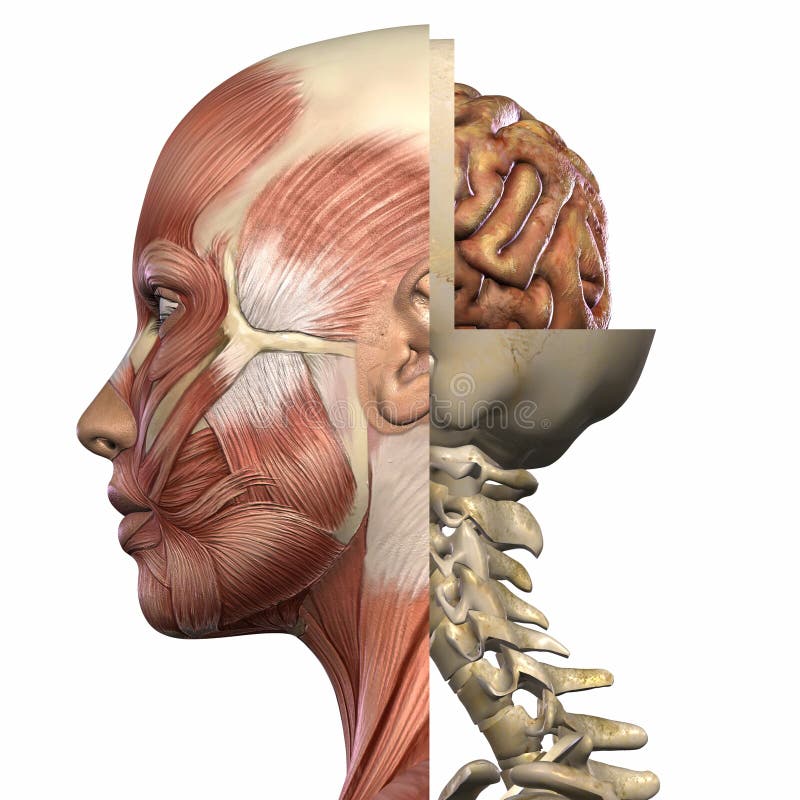

Rotating the lower limb at the hip joint to point the feet away from each other (Figure 20)Ĭircumduction is a compound movement that occurs only at ball and socket joints, which can perform multiple movement types.Ĭircumduction is described as a circular motion utilising each of these movements at different parts of the circular motion.With the elbow at 90 degrees of flexion, internally rotating the shoulder brings the forearm and hand toward the body (Figure 19).Internal rotation (medial rotation) and external rotation (lateral rotation). Internal rotation is rotating a joint towards the midline and external rotation is rotating a joint away from the midline.įigure 18. Rotation refers to movements made about the longitudinal axis and in the transverse plane. Internal and external rotation (medial and lateral rotation) Depressing the mandible during mastication or phonation to open the mouth.Returning the shoulders to resting anatomical position after shrugging.Elevating the shoulders Examples of depression Elevating the mandible during mastication to close the mouthįigure 16.Elevation and depression movements of the jaw. These movements only occur in several regions of the body and are a result of movement along the coronal plane.įigure 15. Flexing the neck (atlanto-occipital joint) to bring the head closer to the chest (Figure 5)Įlevation refers to lifting, and depression refers to lowering.Flexing the knee to bring the tibia and fibula closer to the femur (Figure 4).Flexing the hip to bring the femur closer to the abdomen (Figure 3).Flexing the elbow to bring the radius and ulna closer to the humerus (Figure 2).When talking about flexion and extension, we are usually referring to these movements as they occur about the coronal axis, and along the sagittal plane.įlexion refers to decreasing a joint angle, and extension to increasing the joint angle back to resting anatomical position.įigure 1. Now, let’s make some more sense of what these movements actually are! Flexion and extension Left and right rotation of the atlantoaxial joint occurs in the transverse plane, and about the vertical axis. Example: left and right rotation of the atlantoaxial joint occurs about the vertical axisīringing together planes and axes, we will describe the movements we used above.įlexion and extension of the hip occur in the sagittal plane, and about the coronal axis.Ībduction and adduction of the shoulder occur in the coronal plane, and about the sagittal axis.

Formed by the intersection of the sagittal and coronal flames.Passes vertically from superior to inferior.Example: flexion and extension of the hip occurs about the coronal axis.Formed by the intersection of the coronal and transverse planes.Example: abduction and adduction of the shoulder about the sagittal axis.Formed by the intersection of the sagittal and transverse planes.Passes horizontally from anterior to posterior.It is useful to think of an axis as a metal pole, and the joint rotating around this pole. There are also several different axes we use to describe the movement of a joint. Example: left and right rotation of the atlantoaxial joint occurs in the transverse plane.Divides the body into superior and inferior halves.Example: abduction and adduction of the shoulder occurs in the coronal plane.Divides the body into anterior and posterior halves.Example: flexion and extension of the hip occurs in the sagittal plane.Paramedian plane refers to subdividing one half.Divides the body into left and right halves.There are several different planes that we use to describe the body and movements. You might also be interested in our Anatomy Flashcard Collection which contains over 2000 anatomy flashcards in addition to advanced features such as spaced repetition.


 0 kommentar(er)
0 kommentar(er)
